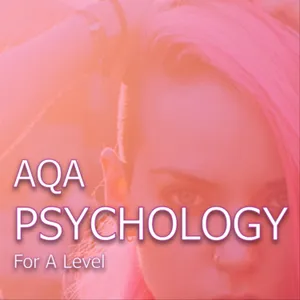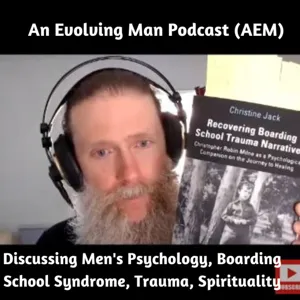Podcast Summary
Assessing Baby's Attachment with Strange Situation Test: The Strange Situation Test identifies three types of attachment: secure, avoidant, and resistant, each with distinct behaviors towards caregivers and predictive value for later development.
The strain situation developed by Ainsworth and Bell in 1970 is a method used to assess the quality of a baby's attachment to a caregiver. This procedure, which involves observing a baby's behavior in a lab setting, led to the identification of three main types of attachment: secure, insecure avoidant, and insecure resistant. Securely attached babies, who make up the majority, are confident explorers who seek proximity to their caregiver and display moderate separation and stranger anxiety. Insecurely avoidant babies, who make up a smaller percentage, explore freely but do not seek proximity and show little to no separation or stranger anxiety, and avoid contact during reunion. Insecurely resistant babies, who make up an even smaller percentage, explore less, seek greater proximity, show considerable stranger and separation anxiety, and resist comfort during reunion. The strain situation has good predictive validity, as attachment type can predict later development. Understanding the different types of attachment can provide valuable insights into a child's emotional and social development.
Measuring infant attachment through the strange situation procedure: The strange situation procedure is a reliable method for assessing infant attachment, predicting future outcomes like academic success and mental health, but it may not capture pure attachment and has cultural limitations.
The concept of infant attachment, as measured by the strange situation procedure, has been found to be valid due to its ability to predict future outcomes, such as academic success and mental health issues. This is a significant strength of the attachment theory. However, it's important to note that the strange situation may not be measuring pure attachment, but rather a combination of attachment and genetic or cultural factors. Despite this limitation, the procedure has good interrater reliability, meaning that different observers generally agree on attachment type, which increases confidence in the accuracy of the results. However, it's worth noting that the strange situation may not be applicable to all cultures, as cultural differences can influence how children respond to the procedure. For instance, Japanese babies may show anxiety due to cultural norms around caregiver separation, making it difficult to interpret the results in a cross-cultural context. Overall, the strange situation procedure provides valuable insights into infant attachment, but its limitations should be considered when interpreting the results.





